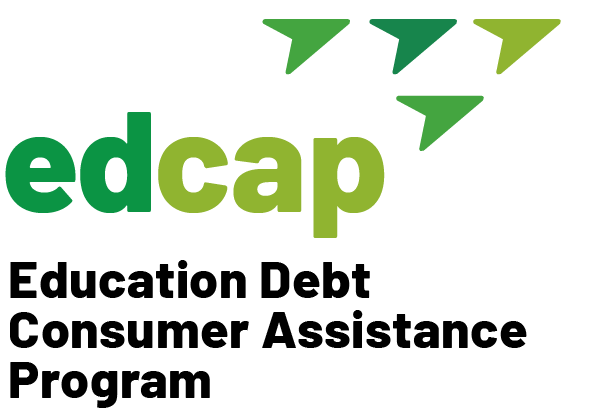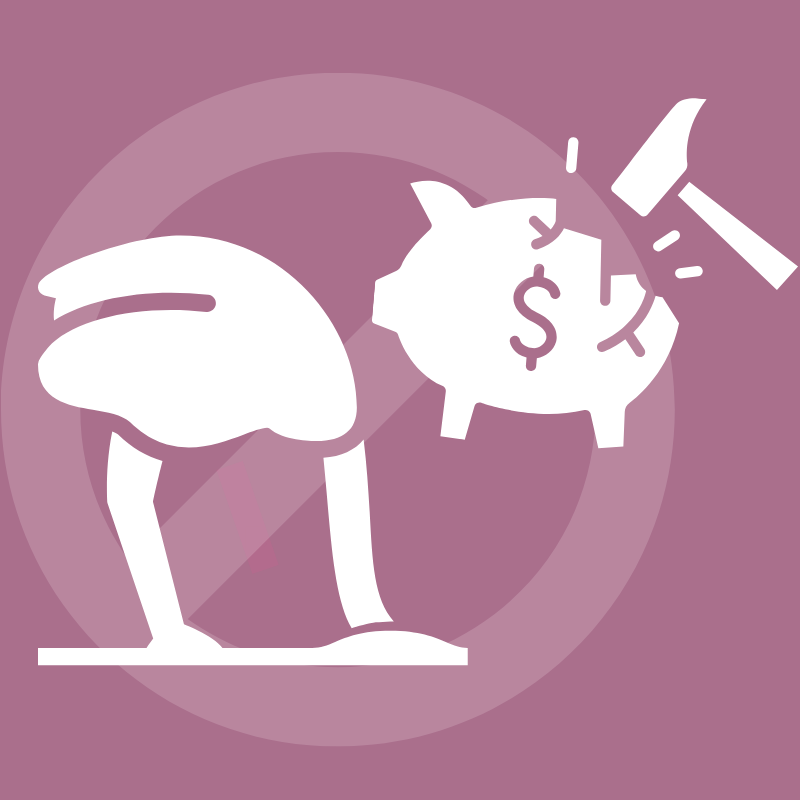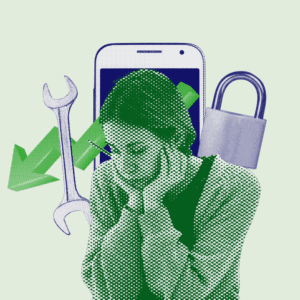Know the facts:
- Default starts fast: Miss one payment and you’re delinquent. After 9 months, you’re in default.
- Credit takes a hit: Default can drop your score by 200+ points, affecting housing, jobs, and more.
- Collections are back: The government can seize tax refunds, garnish wages, and reduce benefits—without court action.
- No blanket forgiveness: Broad cancellation didn’t happen.
- An IDR Plan can keep you out of default: Stay in good standing with an Income-Driven Repayment Plan (as low as $0/mo) and earn forgiveness credit.
Act by January 2026 to protect your tax refund, avoid deeper financial harm, and get on track for forgiveness.
New Yorkers: Free, personalized help is available. Call our helpline at 888-614-5004 for urgent support.
Take These 4 Steps Now:

Step 1: Check your Federal Student Aid account
Log in at studentaid.gov to find out:
- Whether your loans are in default and who’s managing them.
- Who your loan servicer is.
- Your current balance, interest rate, and repayment status.
In Default?
Learn how to get out of default and pick the best approach to avoid collections.

Step 2: Create an account with your loan servicer
Visit your servicer’s website and:
- Register or log in to your account.
- View your payment schedule, past due notices, and other correspondence in your inbox.
- Set up or update your payment method.

Step 3: Explore repayment plan options
You may qualify for an IDR Plan based on your income. Use the Loan Simulator to see payment amounts. These plans can:
- Lower your monthly payment.
- Keep your loans in good standing.
- Help you qualify for forgiveness down the line.
- No job or income required!

Step 4: Have a past due balance? Call your servicer now
Ask about:
- A retroactive administrative forbearance, which may bring your account current.
- Other options to stop collections before they start.
- If you cannot afford any repayment plan, ask about a deferment or forbearance.
Want Personalized Help?
New York state residents can get free, unbiased assistance with student loans or financial aid today.
Schedule a virtual appointment or contact us at 888-614-5004 or edcap@cssny.org











